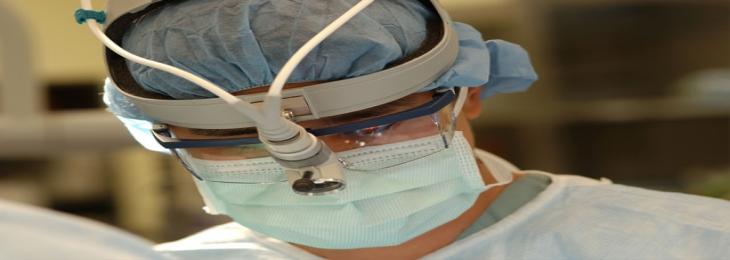
Scientists developed fish-shaped microbots that are guided with magnet to deliver drug payload to cancer cells.
Side effects of chemotherapy may possibly be reduced, when the drugs are directly delivered to cancer cells, and this could soon be done with 3D-printed microbots. A team of scientists reporting at ACS Nano developed hydrogel 3D-printed microbts into different animal shapes such as a fish, a butterfly, and a crab with voids to carry particles. These microbots are guided with magnet to deliver drugs to the diseased cells, where a change in pH activates them to release the chemotherapy drugs.
These new microbots created from hydrogel 3D-printing could help to make the chemotherapy less unpleasant. While printing these microbots, the scientist adjusted the printing destiny in particular areas, such as the edges of fish’s mouth, or the claws of the crabs, so they could open or close responding to changed acidity. The researchers then placed these robots in a solution that contained nanoparticles of iron oxide to make them magnetic. Thereafter, the team got the microbots that could be filled with nanoparticles of drugs and driven towards the targeted location with the use of magnets, where change in pH levels would trigger them to release the drugs.
The scientists tested these microbots in replicated blood vessels by using magnets to lead the fish-shaped robot to a group of cancer cells. The team made the region of cancer cells more acidotic, and the microbot released the drugs on signal by opening its mouth and spitting the drugs out to kill the cancer cells. In other test, the crab-shaped microbots were able to clasp the dugs with their claws and release them in targeted areas. The novel microbots still need lot of work to test them in clinical trials, their size needs to be shrank even more, and they require a system to track them throughout the body.






